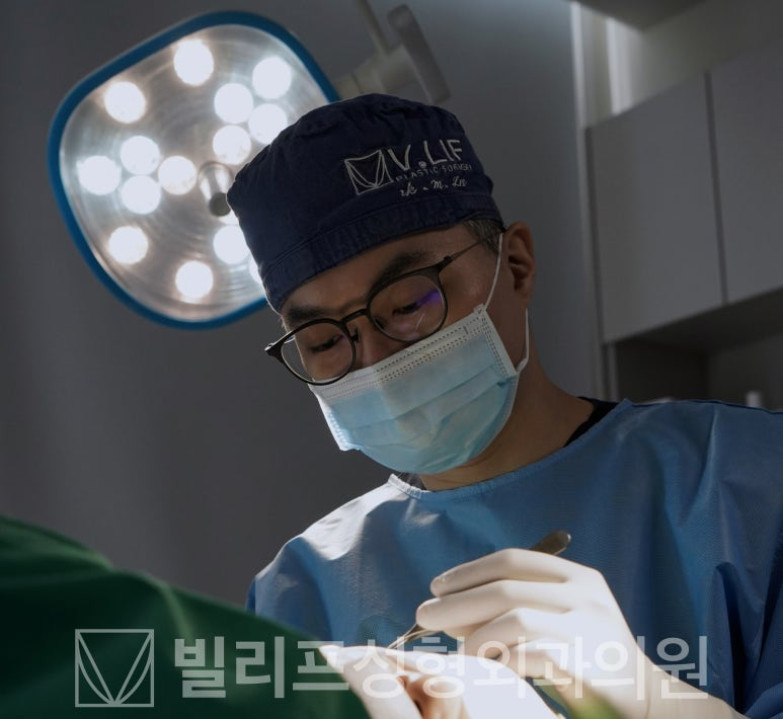Understanding Facelift Recovery, Pain, and Longevity
페이지 정보
작성자 Wassup 작성일 25-11-12 23:30 조회 26 댓글 0본문
Hello, this is Director Lee Kyung-min.
Facial contours significantly influence first impressions, regardless of age.
Over time, skin naturally loses elasticity, causing the jawline and cheeks to become less defined.
When these changes occur, many seek more fundamental solutions beyond basic skincare and consider a facelift.
What is a Facelift and How Does it Rejuvenate Naturally?
A facelift is a procedure that improves sagging skin and helps restore the face's original contours.
Unlike simply pulling the skin, it involves addressing the underlying support structures, offering longer-lasting results.
The face is a delicate area with closely situated features like the eyes, nose, and mouth, making it highly susceptible to even minor changes.
Therefore, a precise approach with a thorough understanding of facial anatomy is essential.
In particular, a facelift can effectively restore a defined jawline and improve a drooping mouth appearance by improving weakened retaining ligaments and the SMAS (superficial musculoaponeurotic system) structure.
When Should You Consider a Facelift?
A facelift is considered when multiple lifting treatments have yielded unsatisfactory results or when sagging is widespread.
Deep wrinkles and significant skin drooping due to gravity may not be adequately addressed by simple lifting procedures. In such cases, an approach that lifts the underlying structures is necessary.
Additionally, if facial lines are blurred and contours are indistinct, a facelift can significantly help restore one's natural appearance, going beyond mere cosmetic improvement.
What to Expect During Recovery
After a facelift, swelling and bruising may occur during the initial recovery phase.
These symptoms typically peak around the second or third day, after which daily activities like walking can usually be resumed without significant difficulty.
While pain levels vary, most patients experience gradual improvement starting the day after the surgery.
Significant stabilization is usually noticeable from the first month, with most changes settling within three months. At this point, normal activities like washing the face and applying light makeup become easier.
Effects, Duration, and Aftercare
(Surgery Dates: 2023.12.15 / 2024.03.21 / 2024.10.23)
A facelift goes beyond simple elasticity improvement, helping to balance the face and create more defined contours.
Techniques that address the SMAS layer are particularly beneficial for maintaining natural facial expressions.
The long-lasting effects of a facelift are a significant advantage. However, the duration of these effects can vary based on individual skin condition, age, and lifestyle.
To prolong the results, sun protection, hydration, and a regular lifestyle are crucial.
It is especially important to avoid strenuous activities and harsh environments and get plenty of rest during the first four weeks.
Choosing a Natural Look
A facelift is more than just a procedure.
Its effectiveness is enhanced when approached with consideration for one's facial structure, skin condition, and age.
If you desire natural rejuvenation, it is best to approach it based on accurate information and careful planning.
A facelift is not just a cosmetic procedure; it can restore your facial lines and boost your confidence.
Thank you, this has been Director Lee Kyung-min.
Thank you.
[KakaoTalk Inquiry]
[Directions]
This post complies with Article 56, Paragraph 1 of the Medical Law and was written directly by Belief Plastic Surgery for the purpose of providing medical information.
Postoperative complications such as bleeding, infection, and inflammation may occur and may vary from person to person.







 빌리프성형외과의원
서울특별시 서초구 강남대로 531 B722 빌딩 4층,5층,6층
빌리프성형외과의원
서울특별시 서초구 강남대로 531 B722 빌딩 4층,5층,6층Source :https://blog.naver.com/swijayo/223942722261
- 이전글 Forehead Thread Lift: Duration, Factors, and What Truly Matters
- 다음글 Onda Lifting: Is It Right for Everyone?
댓글목록 0
등록된 댓글이 없습니다.
